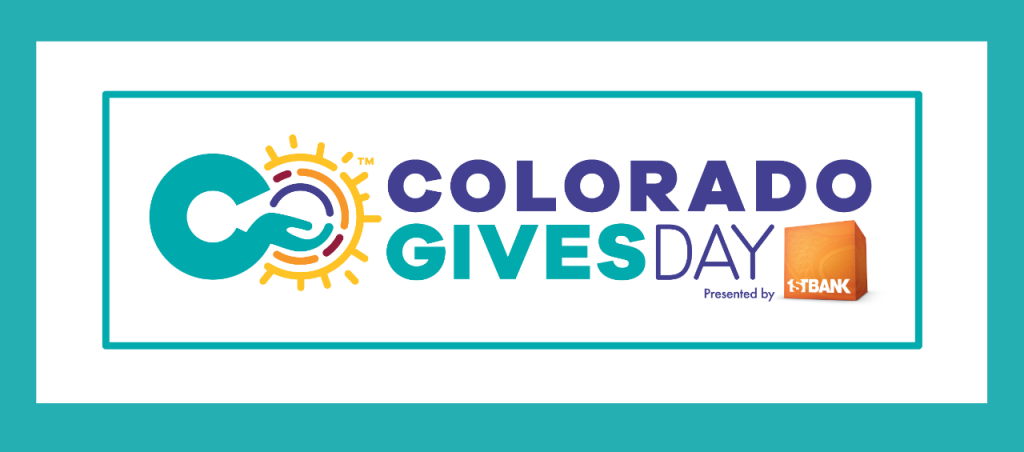Article by Mel Ulle
The nonprofit sector, providers of the safety net, the backbone of our communities, is grappling with a profound workforce crisis. This is a systemic issue with deep, deep roots, threatening how we provide services and leaving our most vulnerable folks at risk. The compounding pressures of low pay, constant burnout, and ever-shifting funding landscapes are pushing dedicated people who staff these organizations to their absolute breaking point.
A bunch of interconnected things are fueling this growing crisis. Nonprofit employees consistently earn less than their counterparts in the for-profit world. A 2024 study showed that 22% of nonprofit employees live in households that can’t afford basic necessities – a pretty grim reality that hits racial and ethnic minority workers and those in direct social assistance roles especially hard. This wage gap and the corresponding limited benefits, make it incredibly tough for nonprofits to attract and keep good people, especially when they’re up against industries that offer better pay and better benefits.
The demands of nonprofit work- huge caseloads, complex human issues, and a lot of emotional labor, lead to serious stress and burnout. Surveys consistently show that most nonprofit leaders are worried about staff burnout, and most are experiencing it themselves. I know firsthand from our clients that they are at the end of their ropes.
A 2021 CDC study on suicide rates by industry and occupation for 2021 found that “Community and social services” occupations had a suicide rate of 17.9 per 100,000 for males and 8.1 per 100,000 for females. Social workers specifically had a rate of 29.7 for males and 12.0 for females.
I can’t tell you how many of our clients are staffed with social workers and direct client facing program staff. This crisis has been a long time coming, but now our nonprofits are operating with little to no margins, and the stress is amplified to a level that I have never seen before. Yes, it is worse than the pandemic. Yes, it is worse than the Great Recession.
This constant pressure to do more with less, made so much worse by the increased demand for services, creates this awful cycle where being understaffed leads to heavier workloads, which then just makes burnout worse and drives even more talented people away from the sector.
An important aspect of this situation is how, over decades, the nonprofit sector has progressively taken over many of the roles that government used to provide, particularly in direct services. Think about it. Housing assistance, mental health support, food security, youth programs – so much of what used to be governmental responsibility has been outsourced and offloaded onto nonprofits. This shift has placed immense pressure on a sector that was never designed to bear the full weight of the nation’s social safety net. Nonprofits stepped up, often out of necessity, to fill gaps where government either pulled back or never fully engaged. But they did so without a commensurate increase in sustainable, full-cost funding.
Many funders prioritize direct program costs over “overhead,” which often includes administrative and staffing expenses like decent salaries, training, and professional development. This hesitation to fund indirect costs puts nonprofits in a really tough spot. They can’t invest in their workforce without risking the program funding they need. This pressure to underfund operational staff directly contributes to the struggle of hiring and keeping good people.
On top of all this, recent federal budget cuts are making things even harder for the nonprofit workforce. Cuts specifically targeting programs in education, housing, and public health, directly shrink the financial livelihood of many nonprofits. This shrinking federal support means fewer available positions within nonprofits, fewer hours for existing staff, or even layoffs. The uncertainty from frozen or rescinded federal grants leaves organizations like so many of our clients, in limbo, forcing them to make difficult decisions about scaling back programs or, in severe cases, even shutting down. This reduction in federal investment undermines decades of partnerships between the government and nonprofits. This is already disrupting programs that help communities all over the nation and it’s only getting worse.
The nonprofit workforce crisis will be felt directly by the communities and individuals who depend on these services. This leads to longer waiting lists for services like mental health support, housing assistance, and childcare, and often, a complete inability to take on new clients.
As someone who works directly with these organizations, I can tell you this isn’t theoretical. Our team works with 64 nonprofit clients right now, and I’m looking at the numbers: at least half of them will need to cut staff in the next six months due to these federal cuts. I must insist that people stop acting like this is a “setback”- it’s a betrayal. Frankly, I feel an unprecedented rage at the failures of so many foundations to not meet the moment. The community will absolutely be looking at how they spent their dollars during this time. If they stopped funding because of “strategic planning,” if they delayed grant cycles until 2027, we will all remember.
Do I have a solution? No. This shit is existential. There is not going to be one easy solution. But I have a few thoughts. Foundations- step up right now! Board Members- own your fiscal responsibility and act like you actually care about these organizations you signed up to represent and serve. Donors- this is not the time to pull back. I know times are tough. Keep giving. Your community needs you.
Read Melanie Ulle’s monthly Making a Difference Articles at Urban Life Wash Park.





